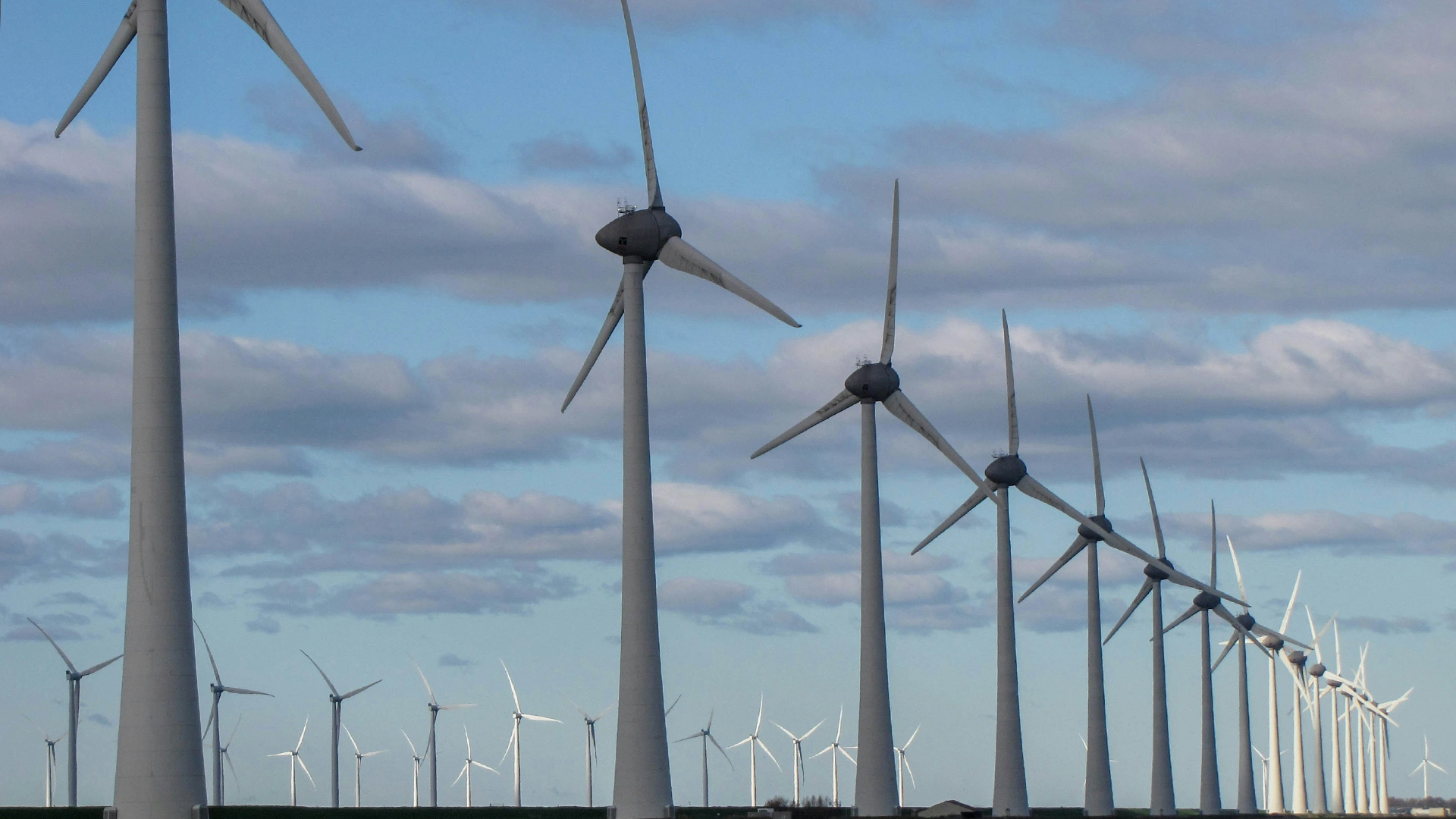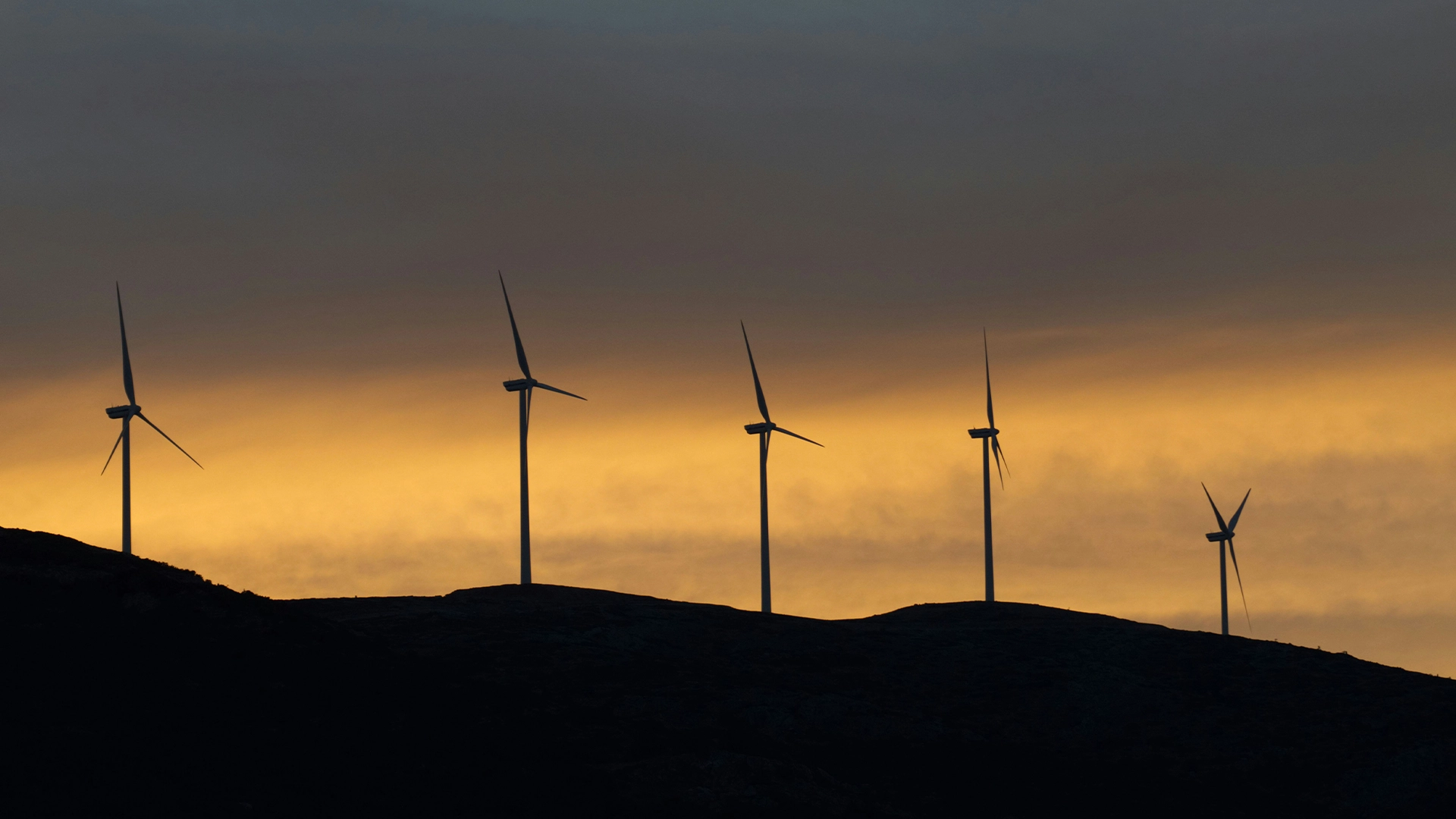Harnessing the Power of Wind: The Role of Grid Integration
As the world moves toward a cleaner energy future, grid integration for wind farms has become a critical focus in renewable energy development. Successfully connecting wind farms to the grid ensures that clean, sustainable power reaches homes and businesses efficiently, helping to reduce reliance on fossil fuels and meet growing energy demands.
This blog explores the essential role of grid integration in wind farm projects, highlighting its importance for developers, EPCs, investors, utilities, and consultants. From electrical infrastructure to regulatory compliance, effective grid integration is key to maximizing energy output and maintaining system stability throughout a wind farm’s lifecycle.
We’ll cover common challenges, innovative solutions, and best practices to ensure smooth grid connectivity. Understanding these factors not only improves project success but also enhances financial performance and operational reliability—empowering stakeholders to make informed decisions in the evolving renewable energy landscape.
At SBL Solutions, we pride ourselves on our expertise in facilitating grid integration for wind farms. Our comprehensive approach to project management and logistics ensures that every aspect of your energy project runs smoothly. If you seek to enhance your understanding or require assistance with your wind energy projects, please contact us today.
What is Grid Integration for Wind Farms?
Grid integration for wind farms refers to the process of connecting wind energy systems to the electrical grid, ensuring a seamless flow of renewable energy from generation to consumption. This process is crucial, as it allows the energy produced by wind farms to be distributed effectively, contributing to a more sustainable energy mix. Think of it as a well-orchestrated symphony where each wind turbine plays its part harmoniously, feeding energy into the grid like musicians delivering notes to create a beautiful melody.

In summary, grid integration for wind farms is a vital aspect of renewable energy deployment, directly impacting the success of wind projects. As a trusted partner in this space, SBL Solutions stands ready to assist developers and stakeholders in achieving seamless integration, helping to turn the promise of wind energy into a reliable reality. For more insights on this topic, visit our Wind farm construction page.
Weighing the Benefits and Challenges of Grid Integration for Wind Farms
As the demand for renewable energy grows, grid integration for wind farms plays a crucial role in harnessing and distributing clean energy. However, like any complex system, it comes with its own set of advantages and disadvantages that developers and investors need to consider carefully.
Pros
Enhanced Energy Reliability
Grid integration for wind farms allows for a more stable and reliable energy supply, as wind energy can be complemented by other sources, reducing the risk of outages.
Reduced Energy Costs
By connecting wind farms to the grid, energy can be transmitted to areas with high demand, optimising energy costs and potentially leading to lower electricity prices for consumers.
Environmental Sustainability
Integrating wind farms into the grid supports the transition towards sustainable energy, helping to reduce reliance on fossil fuels and decrease greenhouse gas emissions.
Increased Market Opportunities
Grid integration opens up new markets for wind energy providers, allowing them to sell electricity to a wider audience, thereby increasing profitability.
Technological Advancements
The need for effective grid integration drives innovation, leading to advancements in technology that improve energy storage and transmission efficiency.
Cons
High Initial Investment Costs
The upfront costs associated with the infrastructure required for grid integration can be significant, posing a financial barrier for some developers.
Intermittency Challenges
Wind energy is inherently variable; therefore, grid systems must be equipped to handle the unpredictability of wind generation, which can complicate integration efforts.
Regulatory and Compliance Issues
Navigating the regulatory landscape can be complex, and compliance with local and national standards can pose challenges for developers.
Infrastructure Limitations
In some regions, existing grid infrastructure may be outdated or insufficient, necessitating further upgrades that can delay project timelines.
Potential Environmental Impact
While generally beneficial, the construction and expansion of grid connections can have environmental implications, such as habitat disruption and land use changes.
In conclusion, while grid integration for wind farms presents numerous advantages, such as enhanced reliability and environmental sustainability, it also poses challenges that must be carefully navigated. By weighing these pros and cons, stakeholders can make informed decisions that align with their goals and contribute to a more sustainable energy future.
Frequently Asked Questions About Grid Integration for Wind Farms
Navigating the complexities of grid integration for wind farms can raise many questions. Here, we address some of the most common inquiries to help you understand this essential aspect of renewable energy.
What is grid integration for wind farms?
Grid integration for wind farms refers to the process of connecting wind energy systems to the electrical grid. This ensures that the electricity generated by wind turbines can be efficiently transmitted and distributed to consumers, facilitating the use of renewable energy in the power supply.
Why is grid integration important for renewable energy?
Grid integration is crucial for renewable energy because it enables the seamless delivery of clean energy to the grid. This not only reduces dependency on fossil fuels but also helps stabilise energy supply during peak demand, ultimately promoting sustainability and energy security.
What challenges are associated with grid integration for wind farms?
Some common challenges include intermittency of wind power, the need for advanced grid management technologies, and ensuring compatibility with existing infrastructure. These factors can complicate the integration process, but with proper planning and innovative solutions, they can be effectively managed.
How does SBL Solutions assist with grid integration for wind farms?
At SBL Solutions, we provide comprehensive support for grid integration, encompassing civil works, electrical infrastructure, and project management. Our expertise ensures that each project is tailored to meet regulatory requirements and operational standards, facilitating a smooth connection to the grid.
What technologies are used in grid integration for wind farms?
Various technologies are employed in grid integration, including advanced forecasting systems, energy storage solutions, and smart grid technology. These innovations help manage the variability of wind energy and enhance the reliability of power delivery.
Can grid integration for wind farms impact local communities?
Yes, grid integration can have a positive impact on local communities by creating jobs, enhancing local infrastructure, and contributing to the reduction of carbon emissions. However, it is essential for projects to engage with communities to address any concerns and ensure benefits are realised.
What role does safety play in grid integration projects?
Safety is paramount in grid integration projects. At SBL Solutions, we prioritise safety compliance and risk management throughout the integration process, ensuring that all measures are in place to protect workers, the environment, and local communities.
We hope these FAQs have clarified your understanding of grid integration for wind farms. If you have further questions or need assistance with your project, feel free to reach out to our team at SBL Solutions.
Bringing It All Together: The Importance of Grid Integration for Wind Farms
In summary, we have explored the critical role of grid integration for wind farms in ensuring that renewable energy can be effectively harnessed and utilised. By connecting wind farms to the grid, we enable the transition to a more sustainable energy landscape, facilitating the distribution of clean energy to homes and businesses. We discussed the technical considerations, challenges, and solutions that are integral to this process, highlighting the need for advanced infrastructure and strategic planning.
The significance of grid integration cannot be overstated; it serves as the backbone of our renewable energy ambitions. By effectively integrating wind farms into the existing grid, we not only maximise their potential but also work towards reducing our carbon footprint. This alignment is essential in meeting both current and future energy demands, ensuring a stable and reliable supply of electricity.
This knowledge empowers you to appreciate the complexities and opportunities presented by grid integration for wind farms. Whether you’re involved in project planning, investment, or simply have a keen interest in renewable energy, understanding these concepts is vital. We encourage you to delve deeper into the subject and consider how these insights can be applied in your own projects or discussions.
At SBL Solutions, we pride ourselves on our expertise in the wind farm construction sector. Our commitment to delivering high-quality infrastructure solutions ensures that projects are completed on time and within budget, even in the most challenging conditions. If you need further assistance or wish to learn more about how we can support your renewable energy initiatives, we invite you to contact us today. Together, we can pave the way for a greener future and enhance our energy systems.

